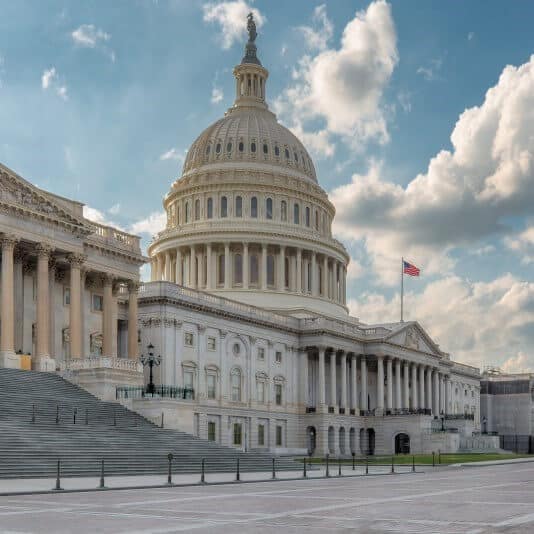CUSMA and Eligibility Criteria
CUSMA (Canada-United States-Mexico Agreement) facilitates intra-company transfers between Canada and the U.S. To qualify under CUSMA, a transferee must be employed by a Canadian business and is transferring to a related entity in the U.S. The roles typically fall under managerial, executive, or specialized knowledge capacities. Additionally, the employee should have at least one continuous year of service within the three years preceding the application.
The Role of the L-1 Visa: Understanding its Purpose
The L-1 visa is central for Canadian employees transferring to the U.S. It covers those moving to a U.S. subsidiary, affiliate, or related enterprise. The L-1 is categorized into L-1A for managerial/executive roles and L-1B for roles requiring specialized knowledge.
Application Process and Requirements
The application begins with the U.S. employer submitting the I-129 petition. Once approved, it grants the employee L-1 classification, allowing them to work in the U.S. During entry, transferees should have pertinent documentation, including proof of the qualifying relationship, their role, and prior employment records.
Validity and Duration of the L-1 Visa
L-1 visas for existing companies are initially valid for three years, with the possibility of renewal. New businesses receive a one-year visa. Extensions can be acquired in two-year increments, with maximum durations of seven years for L-1A and five years for L-1B.
Overview of Canada’s Intra-Company Transfer Program
Canada’s intra-company transfer program attracts international talent to Canadian branches of global businesses. Approved applicants receive a temporary work permit, which can be a pathway to Canadian permanent residency, leveraging the Canadian points-based immigration system.
Eligibility Categories for Transferees
Transferees must fit into one of the following: Executives who predominantly oversee enterprise management; Senior Managers responsible for significant departments or functions; or workers with ‘specialized knowledge’ relevant to the company’s products, services, or processes.
Advantages of the Intra-Company Transfer Route
This program omits the need for a Labour Market Impact Assessment (LMIA), expediting and simplifying the transfer process. The skills and knowledge transferees bring are deemed to offer ‘significant economic benefit’ to Canada, irrespective of their country of origin.
Bringing Family to Canada and Open Work Permits
Transferees can bring their family members along. Spouses or common-law partners can avail of open work permits, further enhancing the integration experience in Canada.











